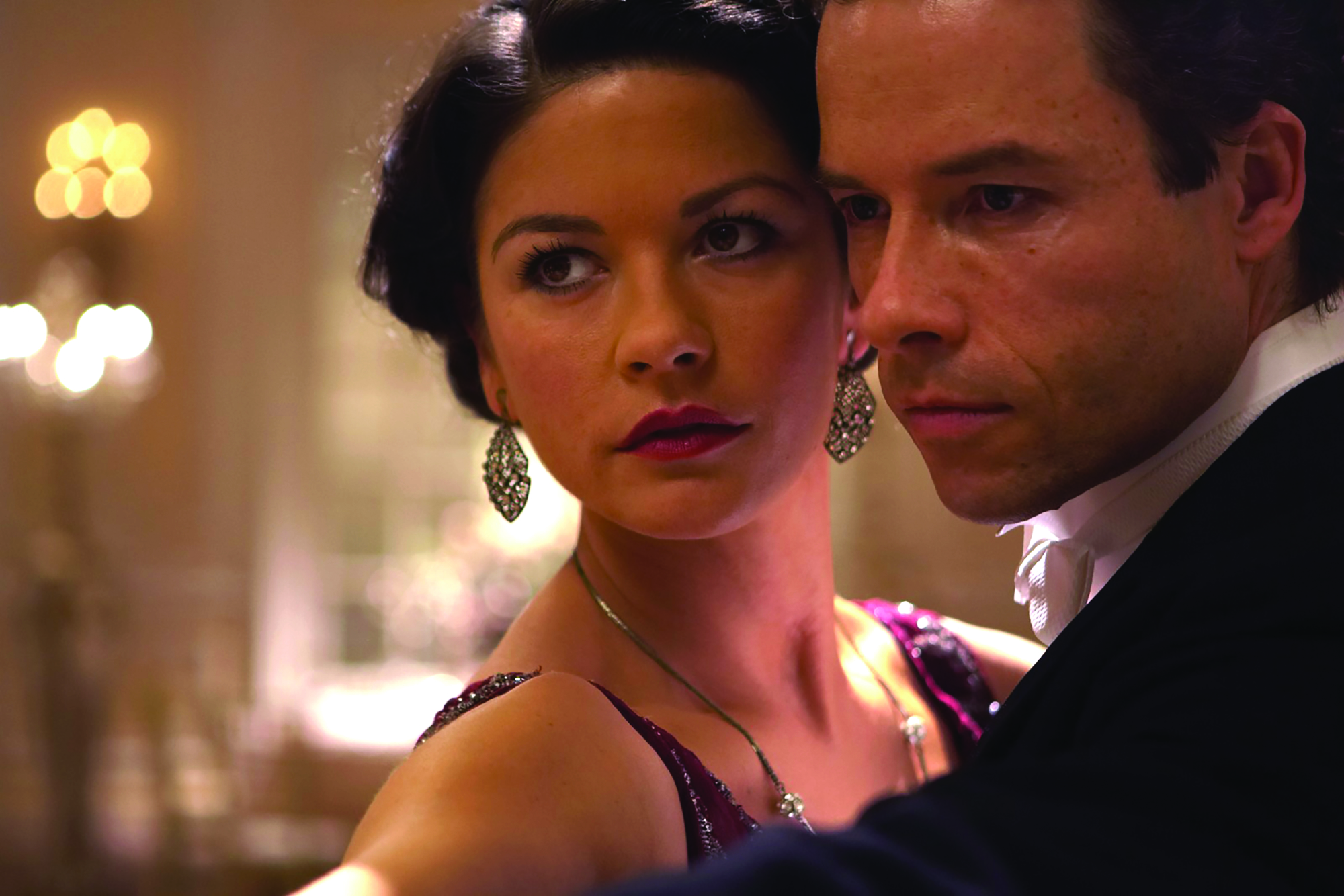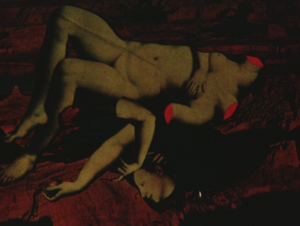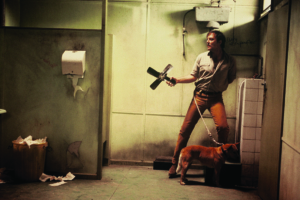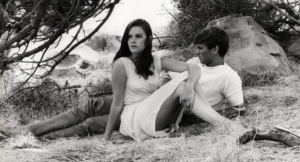When Australia is producing hits such as Lion (Garth Davis, 2016) and The Dressmaker (Jocelyn Moorhouse, 2015), it’s difficult to remember that, not too long ago, there was nothing. Gillian Armstrong has seen it all. In 1973, she became one of the twelve students of the Australian Film Television and Radio School’s (AFTRS) inaugural cohort, which also included Phillip Noyce and Chris Noonan. She was also part of the first wave of Australian filmmakers who enjoyed government support after an industry push for a film-development body was enacted by then–prime minister John Gorton in the late 1960s and early 1970s. Armstrong had her breakthrough later in 1973 when, under David Stratton’s reign, the Sydney Film Festival accepted her graduate film, One Hundred a Day, which subsequently won accolades at the AFI Awards and the Adelaide Film Festival. She famously went into feature filmmaking in 1979, with her smash My Brilliant Career; became the first female filmmaker from outside the US to be approached by MGM to make a big-budget feature, Mrs. Soffel (1984); and gave Oscar winners Geoffrey Rush and Cate Blanchett some of their first roles.
fIn the four decades since Armstrong’s career began, the industry has seen significant shifts – from the cinematic golden age that birthed films like Picnic at Hanging Rock (Peter Weir, 1975) and the overproduction spurred by the 10BA tax offset,[1]See Screen Australia, ‘The Operation of 10BA’, <https://www.screenaustralia.gov.au/fact-finders/people-and-businesses/production-businesses/in-the-archive/operation-of-10ba>, accessed 11 August 2017. to an increased reliance on co-productions and the disappearance of major global independent studios such as Miramax from the 1990s onwards. Armstrong’s last narrative film, 2007’s Death Defying Acts, saw a botched release in much of the world; since then, the director has shifted her creative energies towards documentaries, such as Women He’s Undressed (2015), and television, due to the artistic freedom afforded by the two forms. Her films – apart from those already mentioned, these include Little Women (1994), Oscar and Lucinda (1997), High Tide (1987) and Starstruck (1982) – are works of vibrant human drama and comedy that have endured despite changes in industry and society. Armstrong resists being called a pioneer at every turn, but it’s impossible to not see her as one.
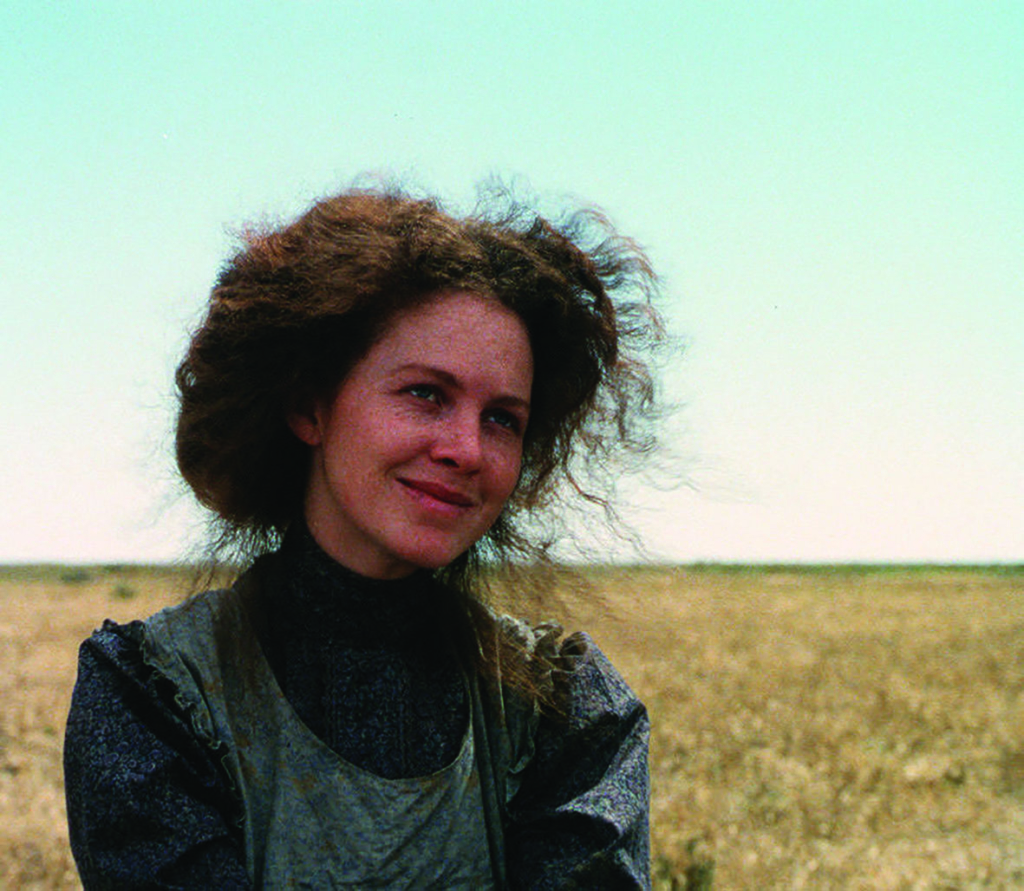
Ella Donald: The Australian film industry has gone through a lot of phases in such a short time. It’s still a relatively young industry, though – you were among its first wave of filmmakers, and that was only forty or so years ago!
Gillian Armstrong: That’s true. It’s gone very fast […] When I was at film school, there weren’t any Australian films. I remember going to see the first one – it was a Tim Burstall film [2000 Weeks, 1969] – that was run in an arthouse cinema in Carlton, and I have to say I was completely freaked out hearing Australian voices on screen.
I feel like there’s still that attitude towards Australian films among the wider population.
We’ve gone through various cycles. Firstly, we had a really vibrant film industry in the 1930s, with Charles Chauvel, Lottie Lyell and so on. Then, with the American distributors buying up all the cinemas and also the advent of sound, we didn’t have the money and […] basically, the distribution was cut off and the market was closed down. For me, my film-school history said […] Chauvel ended up at Circular Quay in the ticket box, selling tickets for the ferry.
‘We should all remember how delicate [the industry] is. We are a small country and Hollywood is an enormous thing – and the internet as well. We have to protect our talent … No-one can guarantee what talent is coming out and what they’re making.’
– Gillian Armstrong
We should all remember how delicate [the industry] is. We are a small country and Hollywood is an enormous thing – and the internet as well. We have to protect our talent […] It was a big thing in the beginning to get Australians in [cinemas], but we saw the commercial success of [The Adventures of] Barry McKenzie [Bruce Beresford, 1972] and Alvin Purple [Tim Burstall, 1973]. The next phase was the real artistic credibility of the films of Peter Weir and Bruce Beresford that made people – including me – go, ‘Oh, wait, we can make something here that’s not embarrassing!’ Then there was the [10BA] tax break, put out in the 1980s by the time I did High Tide, and it backfired – every second person […] just jumped in with their accountants because they could get money, and a lot of bad films were made. After that was shut down, I think we felt good about our films again – this was around [the time of] Muriel’s Wedding [PJ Hogan, 1994] and Strictly Ballroom [Baz Luhrmann, 1992].
These things go in phases. No-one can guarantee what talent is coming out and what they’re making […] Everyone said about that little filmmaker Baz Luhrmann that no-one would ever go see a ballroom film.
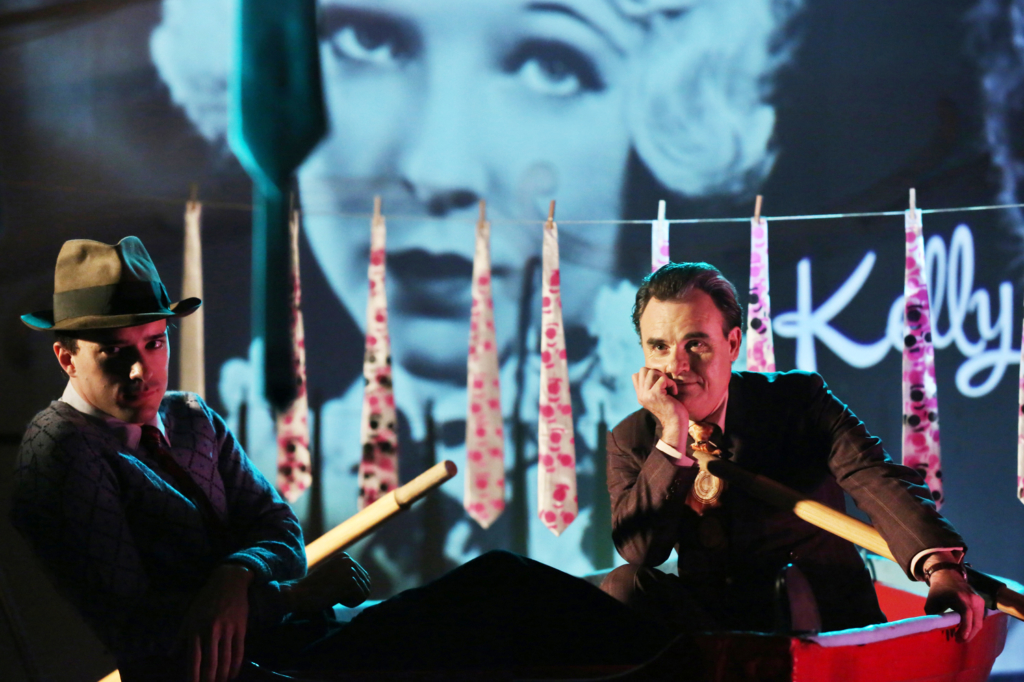
And look where he is now!
When we tried to do My Brilliant Career, we were knocked back by Screen Australia – which was then called Film Australia – because they said there’d been too many period films, they’d just made The Getting of Wisdom [Beresford, 1977] and so on. We actually got money from Screen NSW, luckily, and private investigators, but it took [producer] Margaret Fink a long time to get it together. And we both said then that there might have been other period films, but our story is special and it’s different. I understand that […] it’s a very delicate thing to run a system that is investing in films; we all want those films to succeed, we want them to make money and we want them to have audiences […] There’s never been any rule and studios go up and go down, the same as the Australian film industry has, but there was definitely a phase of low-budget films […] Around that time, there was a sense of embarrassment that local films weren’t doing well. There’s still people talking about how Australian films are all dark and grim stories, and I think, now, we’ve lost our audiences a bit. But, if they hear it’s good, they definitely go out – like they did for Animal Kingdom [David Michôd, 2010] and Lantana [Ray Lawrence, 2001]. People want to see something that’s Australian and that’s good. You know, it’s a pity they didn’t go out and see The Babadook [Jennifer Kent, 2014].
Absolutely.
We’ve got a marketing problem. The brand’s been damaged.
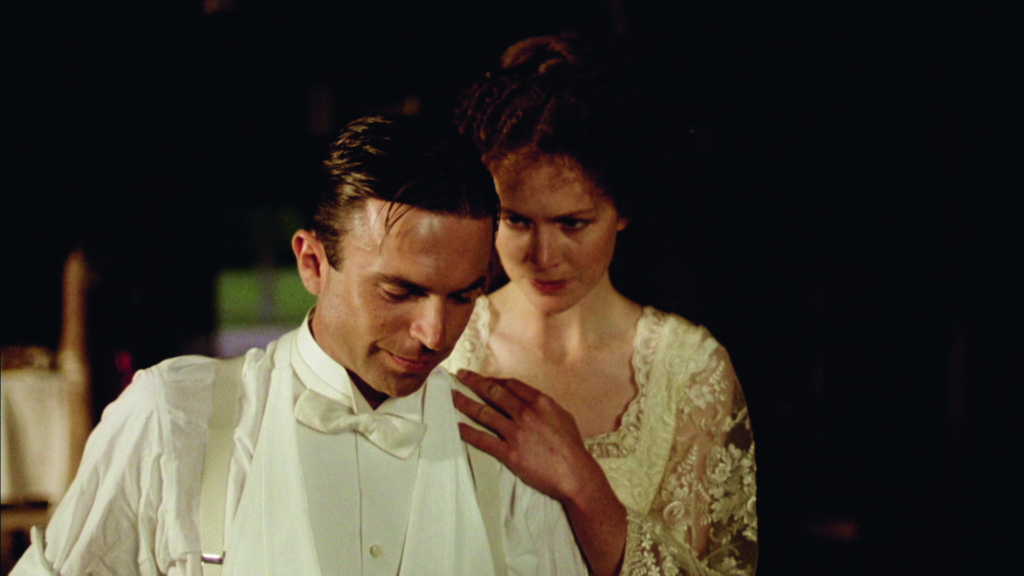
The problem, I guess, is finding the happy medium of how to fund serious, well-made Australian films, like the ones that you make. In interviews, you’ve talked about how, in the past decade, you’ve had a lot of trouble getting funding for anything that isn’t a documentary because all the dramas are now on television.
That’s right – the industry’s changed. Ten to twelve years ago, most of my scripts were coming from overseas, and there were a couple I developed here that were sort of quirky [that] no-one was interested in. Even Fox Searchlight [which co-produced Oscar and Lucinda] had changed – you needed a superstar! You had to have Robin Williams or Meryl Streep (they wrote this into the budget, by the way). So the people who were investing in the arthouse films wanted, like the big studios, the same six stars – whatever age group they’re casting. If it’s older, you have to cast Meryl; if it’s younger, Emma Stone.
The other thing was, really, the content in the movies changed: the sorts of films I’m really interested in, which are human stories and character-based, weren’t being made – the studios were turning more to the cartoon, the action film, the big family animation […] I’d be sent a rom-com or something, but the scripts that were being backed by studios were not material I’d be interested in. And then my screenwriter friends like Ron Nyswaner – who wrote Soffel and Philadelphia [Jonathan Demme, 1993], and who’s now an executive producer on Homeland and writing for them – said, ‘Everyone’s going to TV.’ At that point, film directors weren’t going to TV but the writers were, in a big way. Ron told me […] he’d gone to have a meeting at Showtime – who, until that point, had made pretty middle-of-the-road telemovie-type things – and they said to him, ‘We want you to write something you really believe in: to go out on the line and be as brave as you want.’ And he went, ‘What? TV is going to give me that?’
The Sopranos changed everything. HBO realised that, if they do brave, intelligent, confronting stories, they don’t have to rate because it’s really about the brand. They wanted people to tune in thinking, ‘Whatever HBO have made, I’m willing to sign up because it’s going to be imaginative, smart and great, and it’ll be a good story.’ And that’s wonderful! […] Now Foxtel [in Australia] are working in the same way – [but] probably not quite as brave – and the ABC needs to go that way.
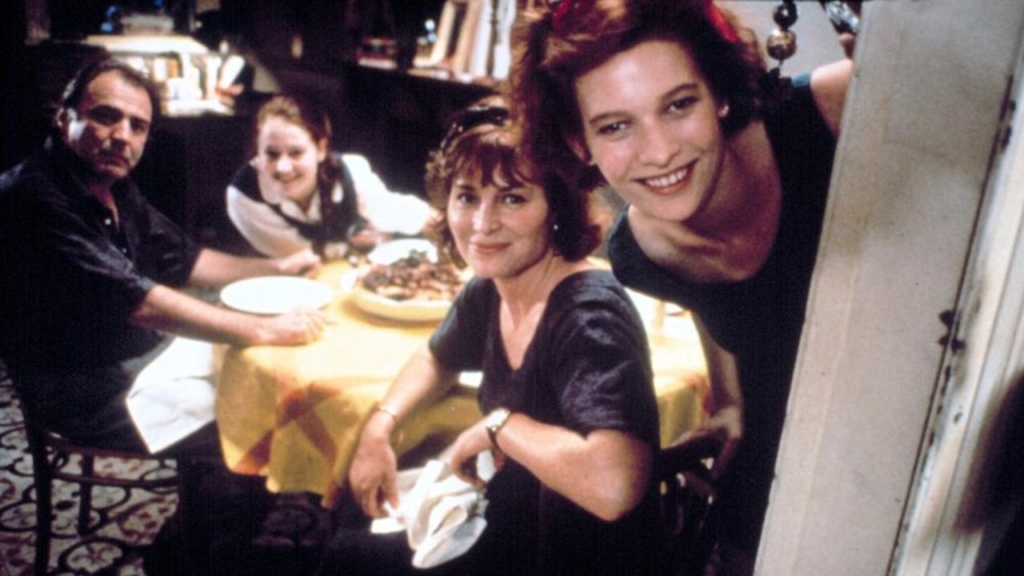
You’re really allowed to be more bold and, on the whole, you get a larger canvas to work with because you get ten hours instead of two.
It’s interesting because there have been projects and books I’ve been sent over the years that people wanted to adapt, and I’ve gone, ‘Well, to compress it into 100 minutes, you’re going to lose so much.’ Then you go see something like [HBO miniseries] Olive Kitteridge, and you think how wonderful it is because they were allowed to do the whole book; that wouldn’t have been nearly as strong as a film.
It’s as though that medium has disappeared in film – everything costs a million dollars or a hundred million dollars, and there’s nothing in-between.
You’re absolutely right. One time, I told my agent about a little indie film that I’d seen, ‘Oh, that would’ve been great! If something like that comes up, send me the script.’ And they said, ‘Gill, they couldn’t even afford to fly you here.’ It was shot for under US$1 million, everyone worked for free and they worked on weekends to make it.
It’s really dispiriting to see the industry go that way. We’re losing that nuance.
It is dispiriting. I remember, years ago, I had lunch with a head of a [big] studio, who […] said, ‘What I always try to do is: yes, I have to do the ones I thought were going to be commercial, but I always kept some money aside to do the ones that we all cared about and felt, “This film needs to be made. This story needs to be told.”’ And it’s sad there’s fewer of those. We see a few of them each year in that one little pocket post–Academy Awards, but […] it’s much, much fewer. Even a film like Moonlight [Barry Jenkins, 2016] – didn’t he shoot it in three weeks or something, and he’d been trying to get it up for seven years?
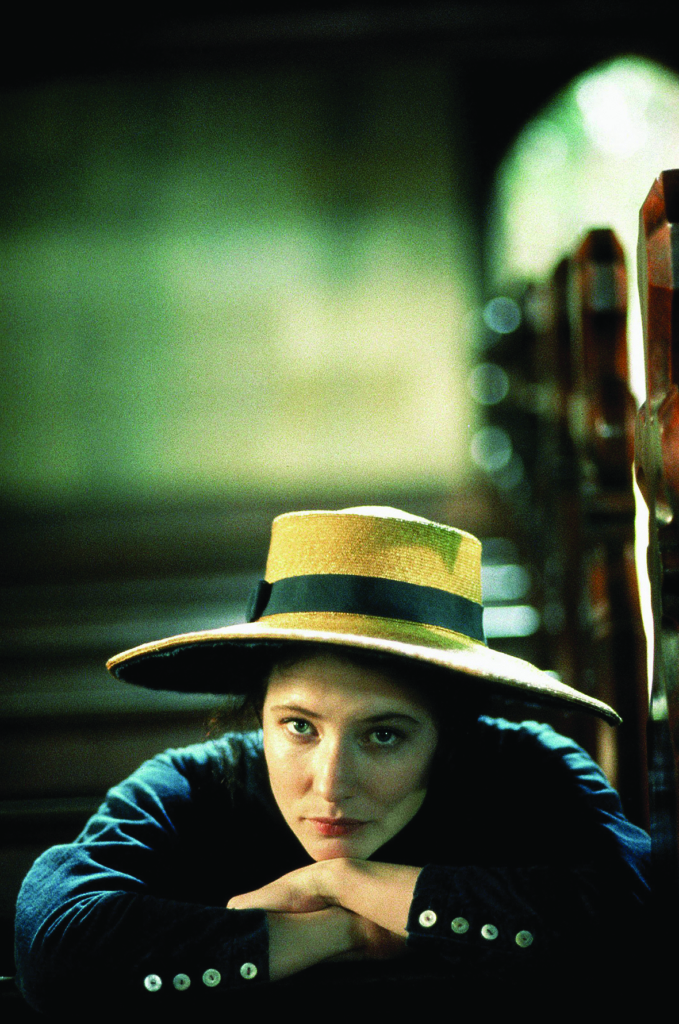
Naomie Harris, who plays Paula, shot her scenes in three days at the end of a press tour!
Yeah. And then the big action films, [the studios] just pour money at them. I remember once talking to Phillip Noyce – I was probably doing something like Oscar and Lucinda, where we were really fighting to do it in our little US$12 million budget (maybe, by then, it was US$15 million or something), and he was working on [an action film], and he said, ‘We need some other explosion. Can you come up with something bigger than anyone’s ever seen?’ and they’d just give him the money.
Whereas if you hadn’t got the church floating down the river perfectly – a key moment in Oscar and Lucinda – it would’ve been a disaster!
Yes. I do understand, but I think it’s a pity because, years ago, when I was in LA, they’d say, ‘It’s changing: they’re all owned by corporations now.’
It was a great joy, by the way, doing all the research into the history of Hollywood for the Orry-Kelly film [Women He’s Undressed], and [former Warner Bros. head] Jack Warner and all of them did have this conscience about things they wanted to make and cared about. I think that’s gotten harder, too, for studio executives. Another [studio] head said to me once, ‘You know, half the time, if you switched the ones I green-lit and the ones I passed on, it would probably end up the same: which ones made money and which ones didn’t.’
Particularly back in the 1990s, you were in a relatively unique position being such a prominent female filmmaker in Australia. It was pretty much Jocelyn Moorhouse and you …
…and Jane [Campion].
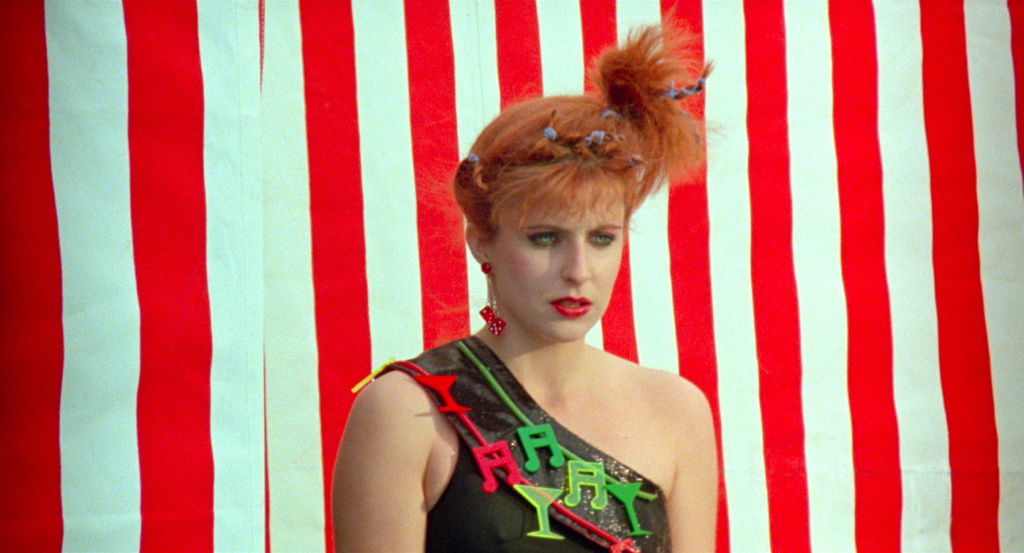
While researching for this interview, though, I read repeatedly that it’s around 50/50 going into film school – female directors just fall through the cracks and don’t get the same opportunities.[2]See Karl Quinn, ‘A Rare Breed: More Female-led Films, but Still Not Enough, Says Screen Australia’, The Sydney Morning Herald, 8 August 2017, <http://www.smh.com.au/entertainment/movies/a-rare-breed-more-femaleled-films-but-still-not-enough-says-screen-australia-20170806-gxql40.html>, accessed 11 August 2017.
Australia was actually […] leading the world with the number of women directing features in the 1980s and 1990s – we had Samantha Lang, Ann Turner, Nadia Tass. Nadia had a huge hit with Malcolm [1986], and she’s still working away.
My other theory is that, since [the government] stopped the fifty-minute drama filmmaking grant[3]See Michelle Warner, ‘Revolution or Repeat: An Exegesis Examining the Role of the Short Feature in Developing Film Practitioners in Australia, and a Short Feature Screenplay’, Master’s thesis, Queensland University of Technology, Brisbane, 2004, available at <https://eprints.qut.edu.au/15996/1/Michelle_Warner_Thesis.pdf>, accessed 11 August 2017. – through which I made The Singer and the Dancer [1977], and Phil Noyce made Backroads [1977], and Steve Wallace made The Love Letters from Teralba Road [1977] – having that one-hour grant, it’s still your personal expression; it shows the director’s vision. That helped get our features out. So that’s gone, and it’s a big thing to go from a short film to someone giving you a feature. And what’s happening to the boys [today] is they’re getting commercials and that’s the really big gap. There’s only 9 per cent [who are] women directing commercials in Australia! It’s bad enough we’ve only got 17 per cent in film and television drama, but that seems to be what’s happening. The boys coming out of film school get headhunted, and they get this incredible chance to practise and experiment and form networks and get paid – to make a living. And then they go, ‘Oh, Garth [Davis], you made that award-winning commercial! Come direct an episode of Top of the Lake!’ Or Ariel [Kleiman].
I was so surprised when I heard that about film. Part of the [problem] is that it’s the whole system […] The people who are the distributors and the investors are men, and quite often most of the critics were men!
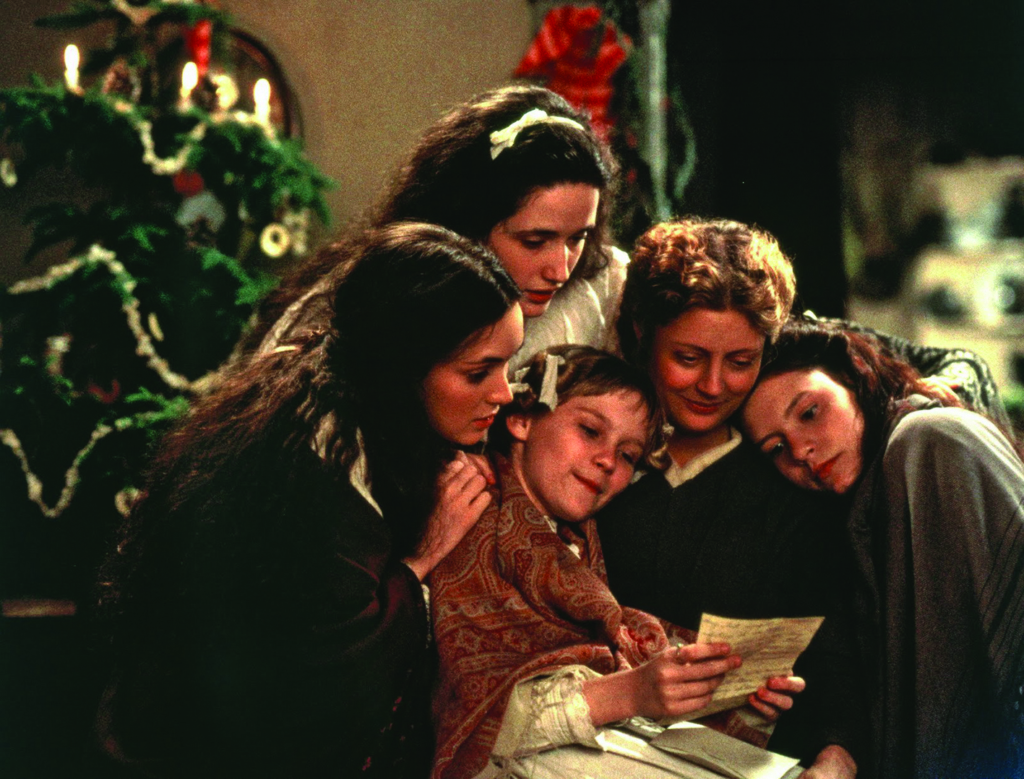
And they still are!
And they’re not going to relate as much to women’s stories […] There were times I was reading a review, and they were literally – knowing a woman had directed it – looking to see if I’d attacked men in it.
In The Last Days of Chez Nous [1992], which Helen Garner had written, yes, the husband has an affair, but [producer] Jan [Chapman] and I spent the longest time casting the most loveable man, and that was always part of it: that it was a complicated thing. But [the critics] just went, ‘Because it’s Gillian Armstrong, she’s doing a film that’s against men.’
‘There was a certain sexism about it – “As a ‘woman director’, she must only be interested in women’s rights” … There is a general trend that directors are sort of classified for one thing, but I was really taken aback. I think both Judy Davis and I, they thought we were Sybylla.’
– Gillian Armstrong
Even for Starstruck, we had reviews saying – after my great thing of trying not to do another film about a woman achiever – what did they say? I forgot about the red hair, because Judy Davis [who played My Brilliant Career protagonist Sybylla] had red hair. ‘Gillian Armstrong does another film about a red-headed woman achiever. Jackie [Jo Kennedy]! Jackie wants to be a star!’ But, for me, it was a story about a brother and sister; I don’t think it’s just about Jackie, you know? So they do see it through their own perspective. Sometimes I thought I should’ve just put ‘G Armstrong’ up; no wonder all those novelists put up a boy’s name – you just want people to go with the story.
Do you still feel like you’re resisting being put in a box?
There was a certain sexism about it – ‘As a “woman director”, she must only be interested in women’s rights’ – but, at the same time, I know from Chris Noonan, who directed Babe [1995], he was only offered animal films. And I’m sure David Michôd, after Animal Kingdom, was only offered crime films. There is a general trend that directors are sort of classified for one thing, but I was really taken aback. I think both Judy Davis and I, they thought we were Sybylla.

I also didn’t like the label ‘woman filmmaker’ – I was like, ‘Why can’t I just be Gillian Armstrong? We’re not all the same!’ – and, for many, many years, I really fought against all that labelling. And now I’m fighting for women filmmakers. After forty years of so little change, I really do feel that it’s obvious it’s not a level playing field, and that all the women who’ve gotten through have gotten there because of being pretty extraordinary – Jane Campion, Jocelyn Moorhouse and so on. There definitely were a lot of other talented women whose careers didn’t sustain.
I think it’s great that the [Melbourne International Film Festival] did a thing about pioneering women and showing their films.[4]See ‘Pioneering Women’, Melbourne International Film Festival website, 2017, <http://miff.com.au/pioneeringwomen>, accessed 11 August 2017. And I believe, from my daughters, that the ABC David Stratton series [Stories of Australian Cinema] is actually making a lot of their generation look up those early Australian films because they’re there from the past. It’s fantastic [that] it’s had that effect; they’re all going, ‘Maybe we should look at that Australian film Picnic at Hanging Rock!’
It’s all you could want, really.
Definitely.
Endnotes
| 1 | See Screen Australia, ‘The Operation of 10BA’, <https://www.screenaustralia.gov.au/fact-finders/people-and-businesses/production-businesses/in-the-archive/operation-of-10ba>, accessed 11 August 2017. |
|---|---|
| 2 | See Karl Quinn, ‘A Rare Breed: More Female-led Films, but Still Not Enough, Says Screen Australia’, The Sydney Morning Herald, 8 August 2017, <http://www.smh.com.au/entertainment/movies/a-rare-breed-more-femaleled-films-but-still-not-enough-says-screen-australia-20170806-gxql40.html>, accessed 11 August 2017. |
| 3 | See Michelle Warner, ‘Revolution or Repeat: An Exegesis Examining the Role of the Short Feature in Developing Film Practitioners in Australia, and a Short Feature Screenplay’, Master’s thesis, Queensland University of Technology, Brisbane, 2004, available at <https://eprints.qut.edu.au/15996/1/Michelle_Warner_Thesis.pdf>, accessed 11 August 2017. |
| 4 | See ‘Pioneering Women’, Melbourne International Film Festival website, 2017, <http://miff.com.au/pioneeringwomen>, accessed 11 August 2017. |
